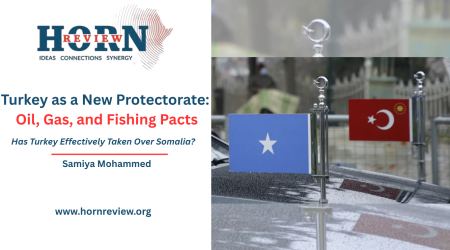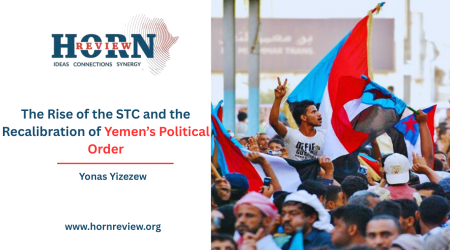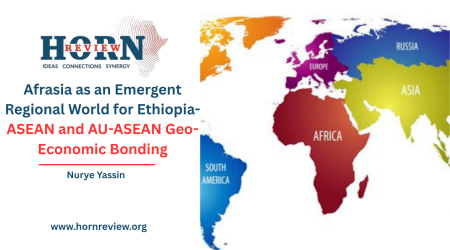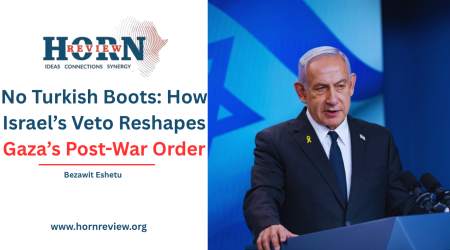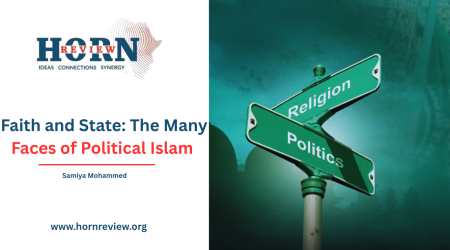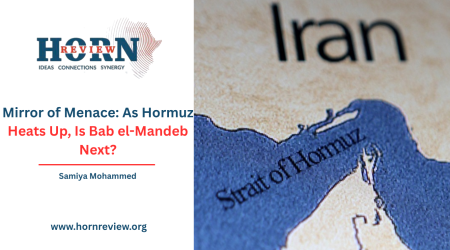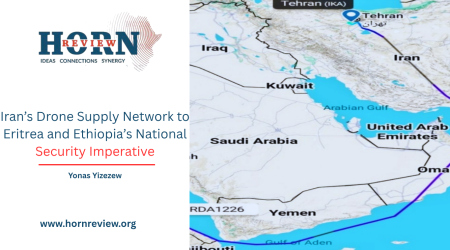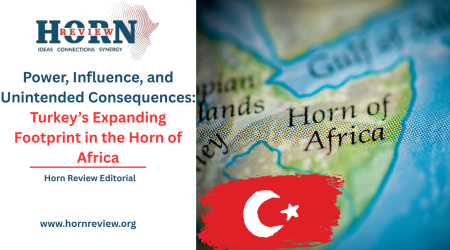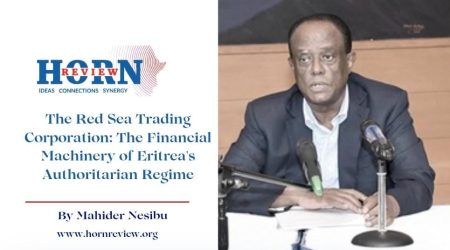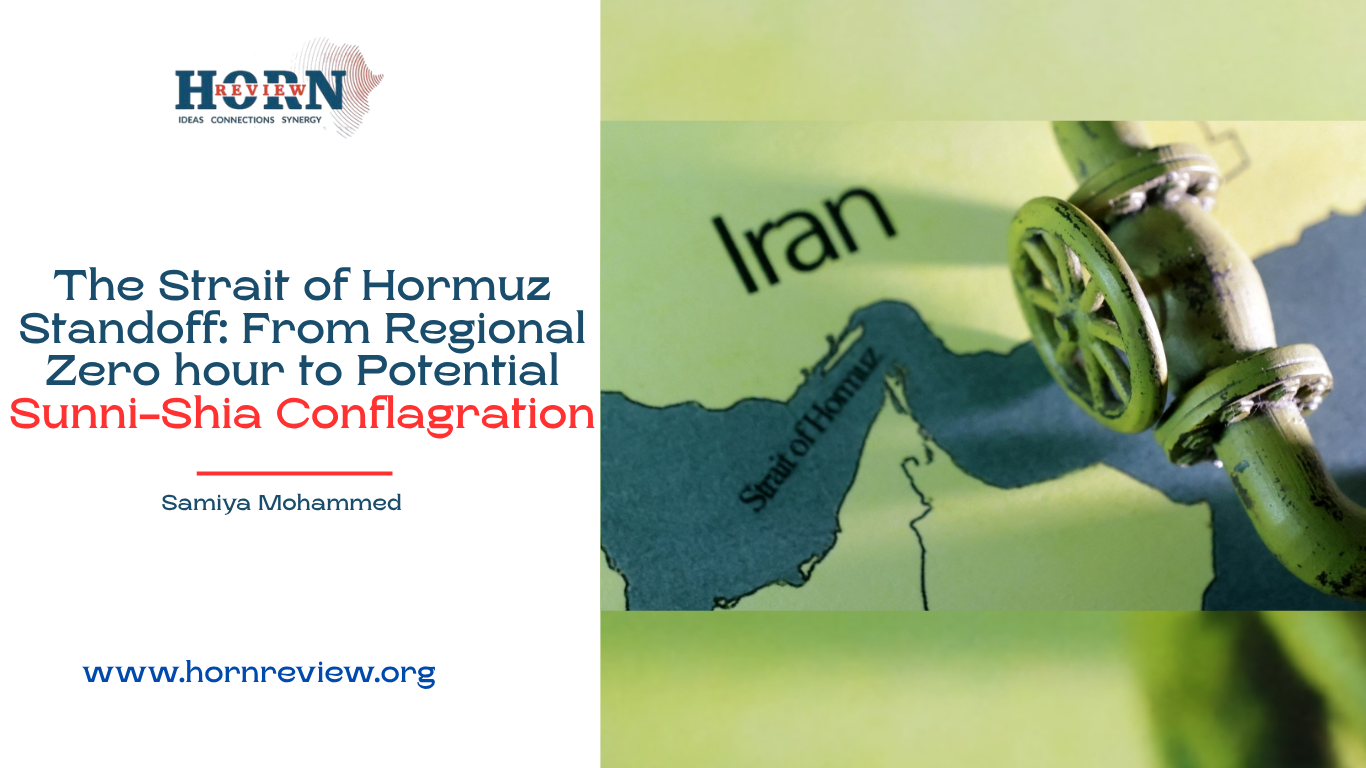
18
Oct
The Strait of Hormuz Standoff: From Regional Zero hour to Potential Sunni-Shia Conflagration
The Strait of Hormuz, a seagoing passage between Iran and Oman shows one of the most censorious contingency in the global energy prospect. Through this 33-kilometer wide cloister passes approximately 20 million barrels of oil daily representing nearly 20% of global consumption and 30% of seaborne oil trade. This requisite waterway connects the Arabian Gulf with the Gulf of Oman and ultimately the Indian Ocean serving as the primary export route for petroleum not only from Iran but also from Iraq, Kuwait, Qatar, Saudi Arabia, and the United Arab Emirates. Any disruption to this flow would immediately reverberate through global markets triggering price spikes and potentially precipitating an economic crisis that would dwarf previous energy shocks.
Iran’s threat to close the Strait of Hormuz is not rhetorical bluster backed by substantial military capability. Iranian naval forces comprising both the regular navy and the Islamic Revolutionary Guard Corps navy have developed sophisticated asymmetric warfare tactics specifically designed to exploit the geographic and hydrodynamic characteristics of the Arabian Gulf and Strait of Hormuz. These tactics include the deployment of naval mines both static and advanced seabed varieties with various triggering mechanisms.
The use of swarm tactics involving dozens of fast attack boats capable of speeds up to 70 knots, coastal defense missile batteries, anti-ship ballistic missiles and unmanned explosive vessels. Iran’s August 2025 naval exercises demonstrated these capabilities showing coordinated launches of cruise missiles, anti-ship missiles, and UAVs in the very waters where such a closure would be implemented. Historical precedent exists for such actions during the tanker war of the 1980s both Iran and Iraq targeted neutral shipping though a full closure has never been attempted.
Iran has further fortified its position by establishing military bases on strategic islands within the Strait, including Kish, Abu Musa, and the Tunb islands, from which Special Forces operations can be launched. The IRGC’s naval special forces brigade, stationed on Farur Island near the Strait, specializes in vessel seizure, mine laying, and maritime sabotage capabilities already demonstrated through repeated interdictions of commercial shipping in recent years. A closure of the Strait of Hormuz would trigger immediate economic dislocations with both acute and chronic dimensions. In the short term, global oil prices would spike dramatically.
Beneath the geopolitical confrontation lies the deepening sectarian divide between Sunni and Shia Muslims, a splintering line dating to the 7th century succession crisis following Prophet Muhammad’s death. Modern tensions between the two branches have been significantly add to by the 1979 Iranian Revolution, the 2003 Iraq War, and the 2011 Syrian uprising, transforming theological differences into geopolitical crack. The current confrontation increasingly reflects this sectarian polarization, with Iran leading a Shia aligned axis including non-state actors like Hezbollah in Lebanon, Shia militias in Iraq, and the Houthi movement in Yemen, while Saudi Arabia shows Sunni leadership over the Arab world. This sectarian coloring of the conflict seriously raises Sturt, transforming what might otherwise be a regional power struggle into an existential identity conflict.
The religious dimension introduces particularly potent mobilization change. As many in the region view the conflict as a fundamental debate over who is a real Muslim and who gets to decide. This fusion of theological legitimacy with state interests creates a zero-sum environment where compromise becomes increasingly difficult. The situation mirrors earlier sectarian escalations like the Iraq War, the Syrian conflict, the Bahraini uprising but with potentially greater consequences given the direct state on state confrontation and the strategic resources at shaft. The involvement of holy sites and religious symbolism further complicates conflict resolution, as demonstrated by pilgrimages to Shia holy sites in Najaf and Karbala that hold spiritual significance beyond their geographical locations.
The conflict would expand beyond the Strait of Hormuz, with the Red Sea and Horn of Africa emerging as secondary fronts where regional rivalries already simmer. Iranian capabilities to project power into these maritime domains have been demonstrated through years of support to Houthi forces in Yemen, who have themselves successfully employed Iranian-provided anti-ship missiles and unmanned vessels against international shipping. The strategic significance of the Bab el-Mandeb Strait which another critical bewilderment connecting the Red Sea to the Indian Ocean ensures that conflict diffusion would immediately engage Egyptian, Saudi, and international interests given the Suez Canal’s importance to global trade.
This expansion would represent a dangerous escalation from a localized Gulf confrontation to a coliseum spanning multiple Middle Eastern sub regions and affecting simultaneous disruption to both primary and secondary global trade waters.
The Horn of Africa would become contested territory in such a scenario with Gulf powers likely pressuring littoral states including Djibouti and Somalia to choose sides while seeking basing access for naval operations. The United Arab Emirates already maintains military facilities in Somaliland, while Turkey has expanded its presence in Somalia, and China maintains its first overseas military base in Djibouti.
This great power competition layered onto regional sectarian tensions creates a combustible environment where localized incidents could quickly escalate. The potential for this expansion was previewed by the UAE’s 2023 withdrawal from the U.S.-led Combined Maritime Forces, reflecting Gulf states’ concerns about American commitment and their willingness to pursue independent security arrangements, a dynamic that would only intensify during actual conflict.
By Samiya Mohammed, Researcher, Horn Review

